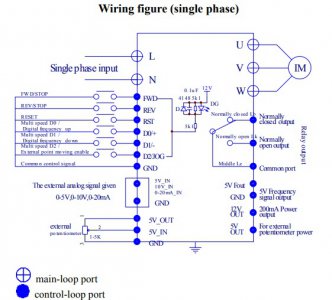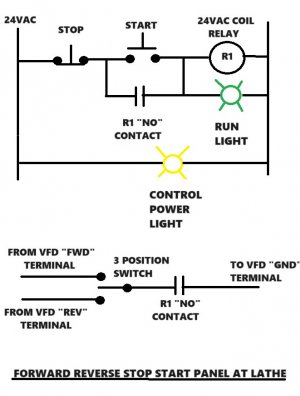I just went through this last year. After years of research, I came to the conclusion that it was better to have the E stop button cutting power to everything other than the VFDs, but the E stop turning them off via the VFD E stop curcuit, as said above.
The reason being that the VFDs can slow a spindle quicker than unpowering them, as they do stay powered after power off for a short time with their capacitors.
I'm in Australia, but evidently, regulations worldwide with a VFD are what stops the spindle the quickest with E stop is recommended.
Sent from my SM-A235F using Tapatalk
The reason being that the VFDs can slow a spindle quicker than unpowering them, as they do stay powered after power off for a short time with their capacitors.
I'm in Australia, but evidently, regulations worldwide with a VFD are what stops the spindle the quickest with E stop is recommended.
Sent from my SM-A235F using Tapatalk




